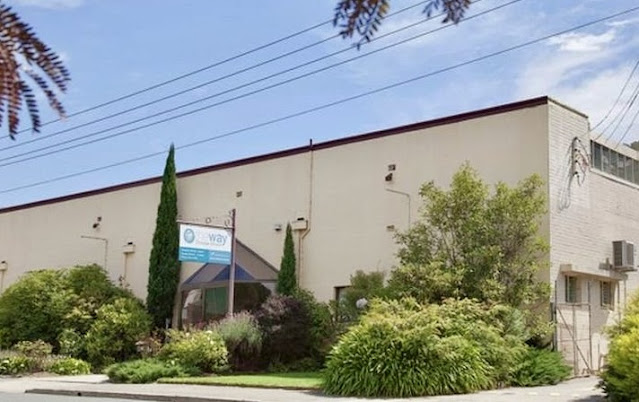No. 1177 - South Hobart - The Way Christian Church (c.1987-2012)

The Way Christian Church is a former Apostolic Church located on Degraves Street adjacent to the Cascades Female Factory historic site. The church was established in a former warehouse in the late 1980s. The church closed about 10 years ago and the premises were sold in 2013. The building is now occupied by Child’s Play Early Learning Centre. Further information about this church is most welcome as all articles are regularly updated. I can be contacted through the comments section on this page or my Facebook page "Churches of Tasmania" which is linked here: < Churches of Tasmania >. Former 'The Way Christian Church' - photo: realcommercial.com.au Former 'The Way Christian Church' - photo: realcommercial.com.au Former 'The Way Christian Church' - photo: realcommercial.com.au







